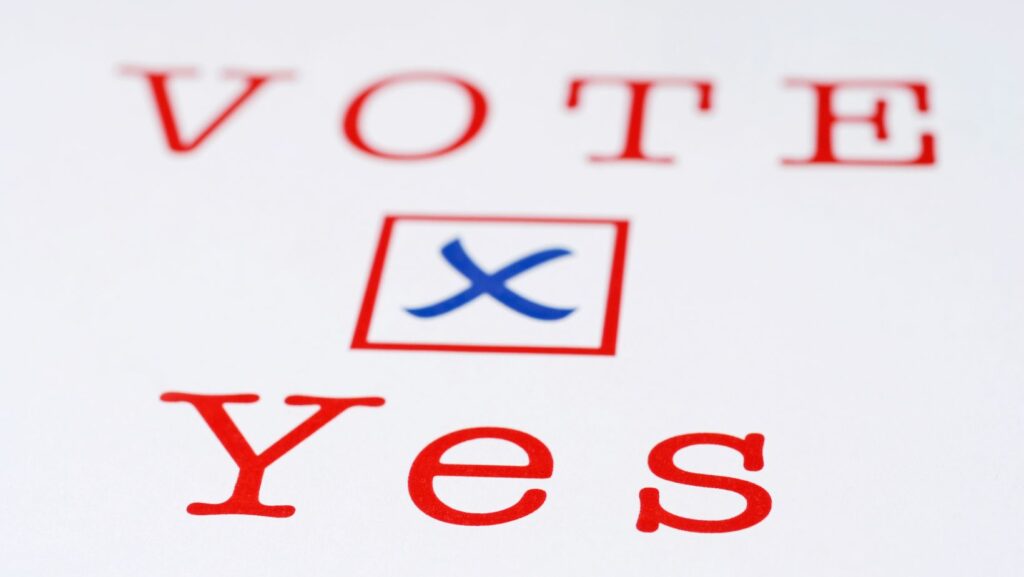In the fast-paced world of elections, knowing how long voter registration takes to process is crucial for ensuring every voice is heard. With deadlines approaching and political landscapes shifting, understanding the timeline can empower citizens to participate effectively in democracy. Voter registration isn’t just about filling out a form; it’s a vital step in exercising one’s civic duty.
Processing times for voter registration can vary widely depending on several factors, including the method of registration and the state’s regulations. Some states offer online registration, which tends to be quicker, while others may rely on mail-in forms that require more time. As election day approaches, the efficiency of processing these registrations becomes even more critical.
How Long Does Voter Registration Take To Process
 Voter registration processing times depend on several variables including the registration method and state-specific regulations. Online registration, available in 40 states and Washington D.C., typically processes within a few days. In states like California and Texas, applicants often receive confirmation of their voter status within 48 to 72 hours, though this timeframe can vary.
Voter registration processing times depend on several variables including the registration method and state-specific regulations. Online registration, available in 40 states and Washington D.C., typically processes within a few days. In states like California and Texas, applicants often receive confirmation of their voter status within 48 to 72 hours, though this timeframe can vary.
Mail-in applications often take longer to process. Factors such as postal delays and manual data entry can extend processing times to two weeks or more. For example, states like Florida and New York may experience slower processing due to higher volumes and more manual procedures.
In-person registration allows individuals to register directly at designated locations including local election offices or Department of Motor Vehicles (DMV) offices. Many states, including Wisconsin and Colorado, offer same-day registration, making this method the quickest in terms of confirmation when immediate participation is required.
Factors Affecting Processing Time
Registering to vote requires understanding several elements that influence how long the process takes. These factors range from state-specific laws to the method used for registration.
State Regulations
State regulations significantly impact processing times. Each state has unique rules governing deadlines, documentation, and procedures. Some states, like California, require additional verification steps, which can extend processing times. States with stringent ID requirements, including Texas and Arizona, may also experience delays due to the need for document validation.
Typical Timeframes for Processing
Voter registration processing times vary based on the method used. Each registration type offers different speeds of processing for voter eligibility.
In-Person Registration And Mail-In Registration
 In-person registration typically provides immediate processing. For states offering same-day registration, such as Wisconsin and Colorado, voters can confirm eligibility and participate in elections on the spot. This method minimizes delays as verification occurs in real-time.
In-person registration typically provides immediate processing. For states offering same-day registration, such as Wisconsin and Colorado, voters can confirm eligibility and participate in elections on the spot. This method minimizes delays as verification occurs in real-time.
Online registration, available in 40 states plus Washington D.C., generally takes a few days for processing. The digital format streamlines data entry and verification, making it faster than traditional methods. States with well-integrated systems process online applications efficiently, though some variances may occur due to state-specific regulations.
Mail-in registration usually requires longer processing, often taking two weeks or more. Postal transit and manual data handling contribute to the extended timeframe. Verification steps may vary by state, further impacting processing speed. Document validation and potential postal delays are key factors in the slower turnaround for this method.
How to Track Your Voter Registration Status
 Tracking voter registration status is crucial for ensuring election participation. Voters can utilize state-specific online tools to verify registration. Most states provide voter lookup portals on their official election websites where individuals can input personal details like name and date of birth to confirm registration status.
Tracking voter registration status is crucial for ensuring election participation. Voters can utilize state-specific online tools to verify registration. Most states provide voter lookup portals on their official election websites where individuals can input personal details like name and date of birth to confirm registration status.
Contacting local election offices provides another method to track registration. Offices can give updates on processing stages and address any discrepancies. If individuals submit mail-in forms, contacting election offices helps verify receipt and status.
Tips for Ensuring Timely Registration
To ensure timely voter registration, individuals should familiarize themselves with their state’s specific deadlines and requirements. Opting for online registration where available can expedite the process significantly. It’s also crucial to track registration status through state election websites or local election offices to confirm eligibility well before election day. For those using mail-in registration, allowing extra time for postal transit and processing is essential. By staying informed and proactive, voters can avoid last-minute complications and contribute effectively to the democratic process.



